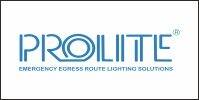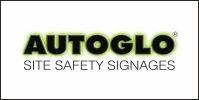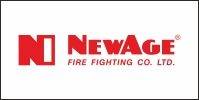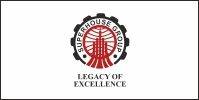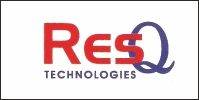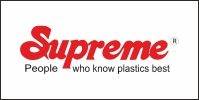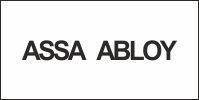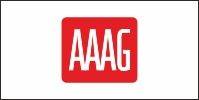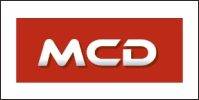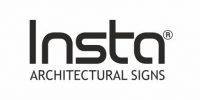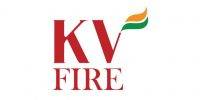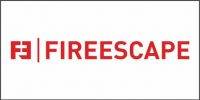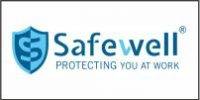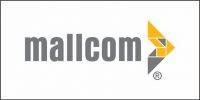 One too many accidents happen every year and most of the time it’s because of the absence or lack of PPE. Personal protective equipment is designed to guard you against any risk present in the workplace. This can be anything from molten metal to falling debris to electric shock.
One too many accidents happen every year and most of the time it’s because of the absence or lack of PPE. Personal protective equipment is designed to guard you against any risk present in the workplace. This can be anything from molten metal to falling debris to electric shock.
OSHA strictly regulates employers to provide their employees with proper PPE. In some cases, though, accidents happen not because of absence or lack of PPE but because some employees choose not to wear it.
Here are a few of the PPE commonly used in the workplace. Take note of how each provides protection and what you must remember to maximize its benefits.
- HARD HATS
This is perhaps the most popular kind of PPE. Just passing by a construction site, you can see workers wearing their helmets or hard hats. Such protective gear are designed to protect against impact and penetration of flying and falling objects. It may be equipped with accessories such as face shields and earmuffs.
Employees must never alter their head protection in any way. Remember, too, that a hard hat or helmet that is either too large or too small is not appropriate for use.
- EYE AND FACE PROTECTION
While you may be safe from impacts with your hard hat, you may be taking for granted the risk of eye and face injury. With the use of goggles, spectacles and full face shields you can get the protection you need for your eyes and face. Such equipment are designed to protect you while you perform metal-working, woodworking, air-tool operations and hot-work. This type of PPE is also helpful when you perform power or pressure spray operations and chemical handling processes.
Depending on the type of operation you need to perform, eye and face protection may be tinted, have side shields or filter lenses.
- RESPIRATORY PROTECTION
Sometimes what you don’t see can hurt you. In some workplaces, this could never be more true than with the presence of toxic airborne substances. This is where respirators come into the picture.
They are designed to protect you from dust, fumes, paint spray, pesticides and other substances that could bring about long-term or permanent impairment or even death. As with other types of PPE, safety programs provided to employees must specify the proper ways to clean, maintain and repair respirators.
- HAND PROTECTION
Did you know that every year, in the world of manufacturing, construction and service industry, about 150,000 injuries to the hands and fingers are reported? No wonder this is the case with virtually all jobs in these industries requiring the use of hands. But this fact does not justify such a large number of hand and finger injuries.
With the use of gloves, hazards are more manageable in tasks that involve working with chemicals, glass, sheet metal, electricity, hot materials and slippery objects. Of course gloves are specially designed according to the type of work you need to perform. Some may be made of leather or rubber, while others may be electrically insulated or nitrile coated.
Keep in mind that the risk of accidents are higher if you wear gloves while operating power tools or machinery that present the risk of entanglement. This has been the case of many incidents before that led to the loss of hands or fingers.
- SAFE FOOTWEAR
Any kind of construction or manufacturing work calls for the need for proper footwear. Without it, slips, trips and falls are likely to occur.Worse, employees are more prone to ankle, impact and puncture injuries. Most specially designed boots, shoes, foot guards and leggings serve as your protection against chemicals, hot substances and slippery floors.
Whatever footwear you use, remember that it should fit properly and comfortably. Make sure also to keep your laces securely tied.
- HEARING PROTECTION
Hearing protection is perhaps the PPE type most taken for granted.
Here is an excerpt from our collection of safety meetings:
Noise-induced hearing loss is the term for hearing damaged by excessive noise. People differ in their sensitivity to noise, however, and there’s no way to determine who is most at risk. Factors such as sound pressure (decibel level), frequency (hertz), and exposure time all play a role in determining whether noise is harmful or just annoying. However, you should consider your hearing at risk if noise affects you in one of the following ways:
- Have to shout above noise to make yourself heard
- Have ringing in the ears for several hours after exposure to noise
- Have difficulty hearing normal sounds for several hours after exposure to noise
The best way to control noise in the workplace is making use of engineering controls. If this is not feasible, though, employers must provide their workers with proper hearing protectors. These come in the form of earplugs or earmuffs.
It’s important to note that earmuffs are more effective in reducing high-frequency noise, while earplugs are for reducing low-frequency noise. Both of these hearing protectors are used to control noise and not to eliminate it. That’s why they’re only effective if you wear them the whole time you’re exposed to hazardous noise.
This ends our two-part series on PPE. Remember to be always safe in your workplace by wearing the proper kind of PPE. Make sure also to maintain it well by referring to the safety program or training manual that comes with your PPE.











